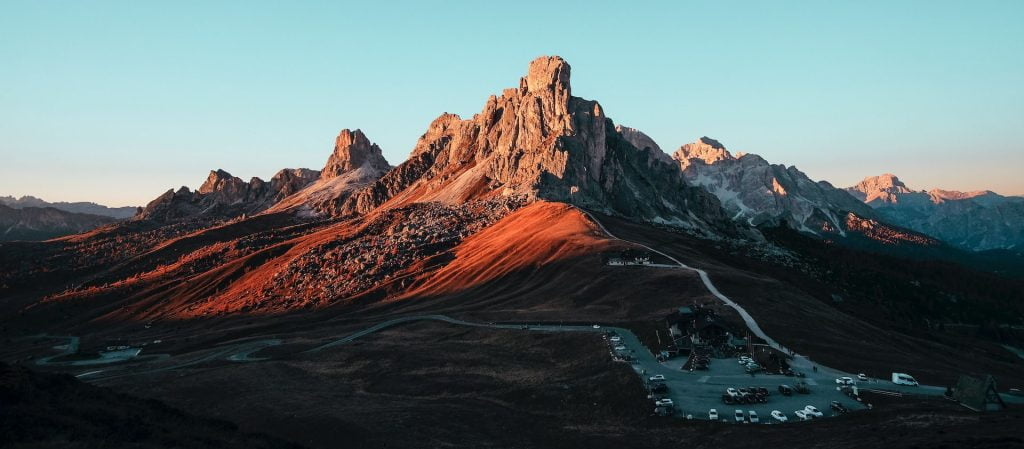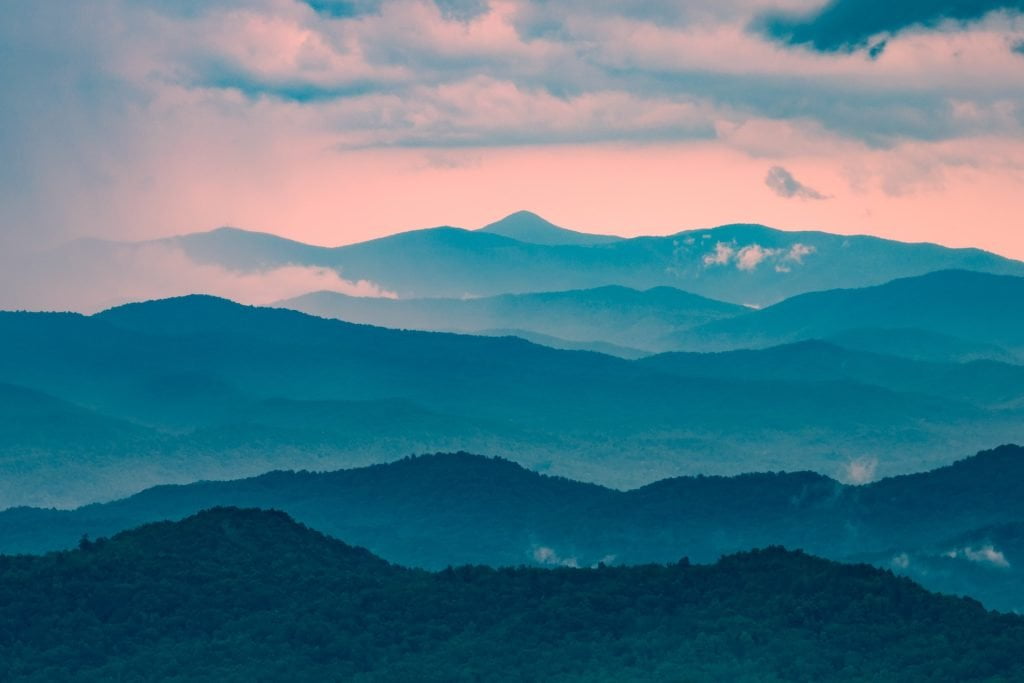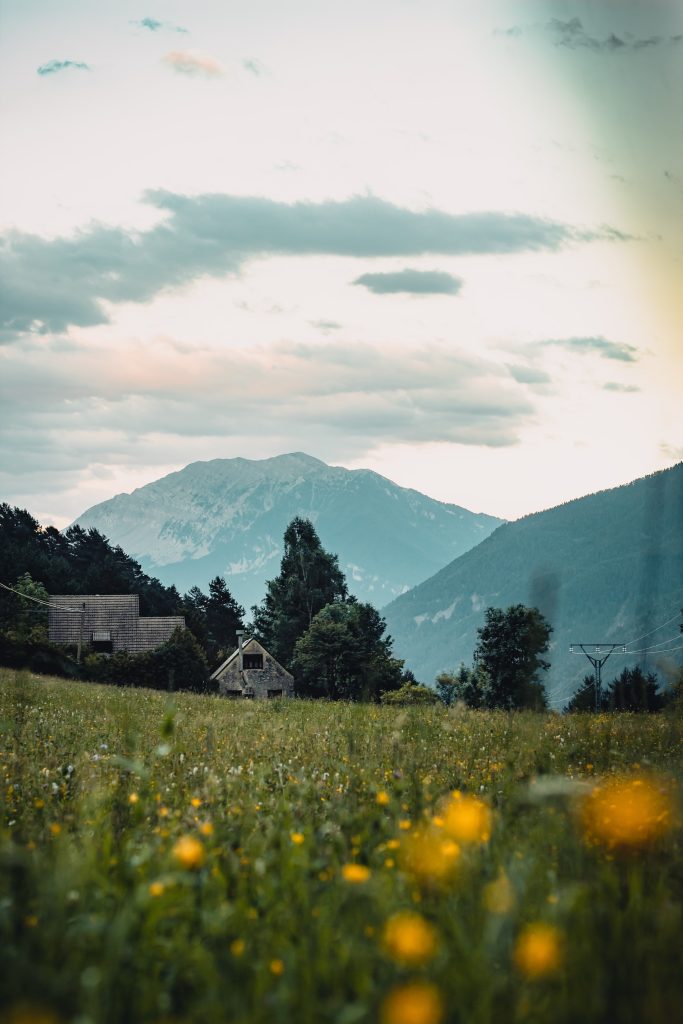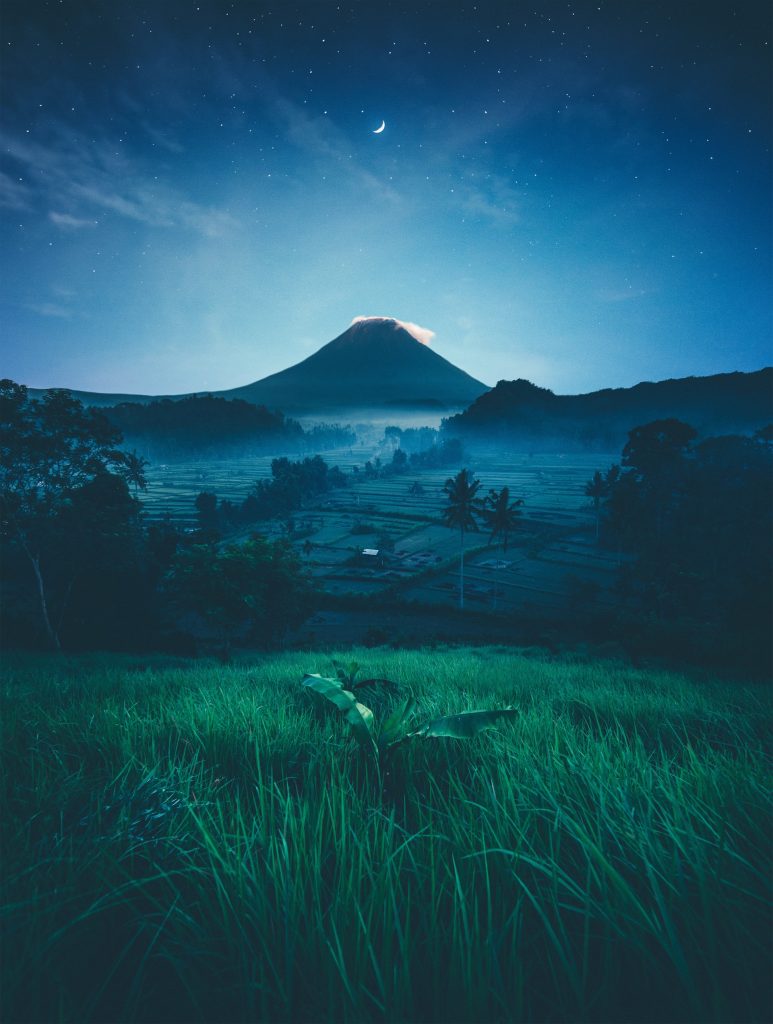Ah, the beauty of the outdoors. Crisp mountain air, the sound of the waves crashing against the shore, the majesty of towering trees. It’s no wonder landscape photography has captivated so many photographers. But it takes more than a stunning vista to create an awe-inspiring photograph – it requires skill, knowledge, and a lot of practice.
I’ve put together 10 top tips to help you level up your landscape photography skills and capture truly breathtaking photographs.

1-Scout and Plan:
Before heading out, take some time to scout the location you intend to photograph. Research the area, study maps, and seek out unique vantage points. Plan your shoot, considering the best time of day for lighting and the weather conditions, that will enhance the scene. Being prepared ensures you make the most of your time in nature and increases your chances of capturing that ONE extraordinary shot.
2-Golden Hour Magic:

The golden hour, that beautifully magical time just after sunrise and before sunset, bathes the landscape in soft, warm light. Utilize this period to capture stunning landscapes with a captivating glow. The low angle of the sun during these times creates long shadows and adds depth to your images. Embrace the warm hues and the interplay of light and shadow that make your photos come alive. This is basically my all-time favorite time to shoot!
3-Rule of Thirds:
The rule of thirds, if you do not know this rule, ask yourself if you are missing out on something big – it is a classic composition technique, that can greatly enhance your landscape photography. Imagine dividing your frame into a 3×3 grid and placing your subject or focal point along the intersecting lines. This technique adds balance and visual interest, drawing the viewer’s eye into the scene. Experiment with different elements in your composition to create a harmonious balance between foreground, middle ground, and background.
4-Leading Lines:
Incorporate leading lines into your composition to guide the viewer’s gaze and create a sense of depth and dimension. Roads, rivers, paths, or even rows of trees can act as leading lines, drawing attention towards the focal point of your image. Experiment with various angles and perspectives to find lines that enhance the overall composition and evoke a sense of exploration.

5-Foreground Interest:
Including a compelling foreground element adds depth and visual interest to your landscape photographs. It can be a rock formation, a tree, or any object that adds context and a sense of scale to the scene. A strong foreground element creates a visual anchor and leads the viewer’s eye deeper into the frame, immersing them in the landscape.
6-Experiment with Perspectives:
Don’t be afraid to explore different perspectives to capture unique and visually striking landscapes. Get down low or climb up high to change the viewpoint and discover new angles. Lie on the ground, climb a tree, or venture off the beaten path to find a fresh perspective that will make your images stand out from the crowd.
7-Pay Attention to the Sky:
The sky can be a dramatic and captivating element in landscape photography. Whether it’s a clear blue sky, a vibrant sunset, or a storm brewing on the horizon, the sky sets the mood and adds depth to your images. Experiment with different filters, such as polarizers or neutral density filters, to enhance the drama and colors of the sky.
8-Capture Movement:
Waterfalls, flowing rivers, and crashing waves offer an excellent opportunity to capture the beauty of movement in your landscape photographs. Experiment with different shutter speeds to create the desired effect. A fast shutter speed freezes the motion, while a slower speed creates a silky, ethereal effect. Play with different settings to evoke a sense of dynamism and energy in your images.

9-Master the Exposure Triangle:
Understanding the exposure triangle—aperture, shutter speed, and ISO—is crucial for landscape photography. Choose a small aperture (high f-stop number) to ensure a large depth of field, allowing both the foreground and background to be in focus. Adjust the shutter speed to control the amount of light and capture movement. And keep the ISO as low as possible to maintain image quality. Mastering these settings will give you greater control over your exposure and the overall mood of your images.
10-Tell a Story:
Lastly, aim to tell a story with your landscape photographs. Don’t just capture the beauty of the scene; convey the emotions and the essence of the moment. Look for unique details, interesting patterns, and elements that evoke a sense of place. Allow your images to transport viewers to that location, enabling them to connect with the landscape on an emotional level.
:
Creating stunning landscape photographs is a delightful journey of exploration, patience, and artistry. By applying these ten tips—scouting and planning, utilizing the golden hour, mastering composition techniques, experimenting with perspectives, and capturing the essence of the moment—you can bring the beauty of nature to life through your lens.
So, embrace the grandeur of the great outdoors, unleash your creativity, and let the landscapes be your canvas for photographic masterpieces that will inspire and captivate all who behold them.
